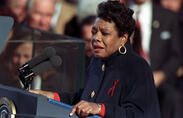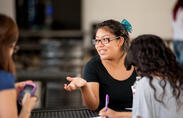The Bear That Wasn't
Explore identity, conformity, and authority with this modern fable about a bear forced to navigate society's perception of who he is.
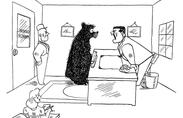
In Elizabeth Eckford's Words
After the Federal Judge ordered integration in Little Rock, Arkansas, the "Little Rock Nine" prepared for their first day at Central High School. Governor Orval Faubus, in defiance of the order, called out the Arkansas National Guard. One of the students, Elizabeth Eckford, could not be reached and was therefore not informed of the plan. This is her story.
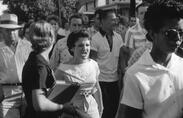
Little Things Are Big
Puerto Rican writer Jesús Colón describes a time when his awareness of stereotypes influenced his decision-making.
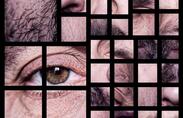
Immigrants: First Generation
Nigerian-born poet Ijeoma Umebinyuo pays tribute to the stories of immigrants and the lives they lead in the United States in this "prose poem."

Identity and Names
Students begin to explore the concept of identity by considering how our names represent who we are and reflect our relationship to society.
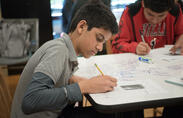
What Shapes Your Identity?
Through a poem-writing activity, students broaden and deepen their understanding of identity.
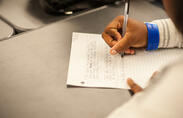
How Do Others Define Your Identity?
Students draw on a contemporary parable to explore how identity is formed by our own perception as well as other people's perception of us.
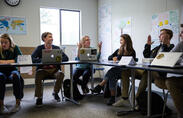
What Aspects of Our Identities Do We Show to Others?
Through a mask-making activity, students learn that they can conceal or reveal aspects of their identity.
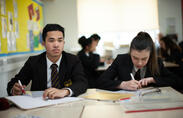
Who Are We?
Through a gallery walk activity, students learn that communities consist of a collection of people with unique identities.
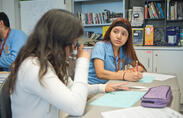
Student Essay: Why I No Longer Hide My Rainbow
This student essay captures a gay student’s experience navigating the challenges inherent in being visible as a gay person, as well as the responsibility to honor the sacrifices of movement leaders past by being visible today.
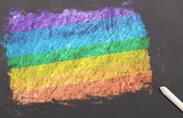
Understanding Identity
Students consider the question "Who am I?" and identify social and cultural factors that shape identity by reading a short story and creating personal identity charts.

Transcending Single Stories
Students reflect on how stereotypes and "single stories" influence our identities, how we view others, and the choices we make.

Bio-poem: Connecting Identity and Poetry
Students clarify aspects of their identity or the identity of a historical or literary figure by writing poems that focus on deeper elements of personal makeup like experiences, relationships, hopes, and interests.
The Mask by Maya Angelou
Maya Angelou adapts Paul Laurence Dunbar’s 1896 poem “We Wear the Mask” in this spoken-word poem.
